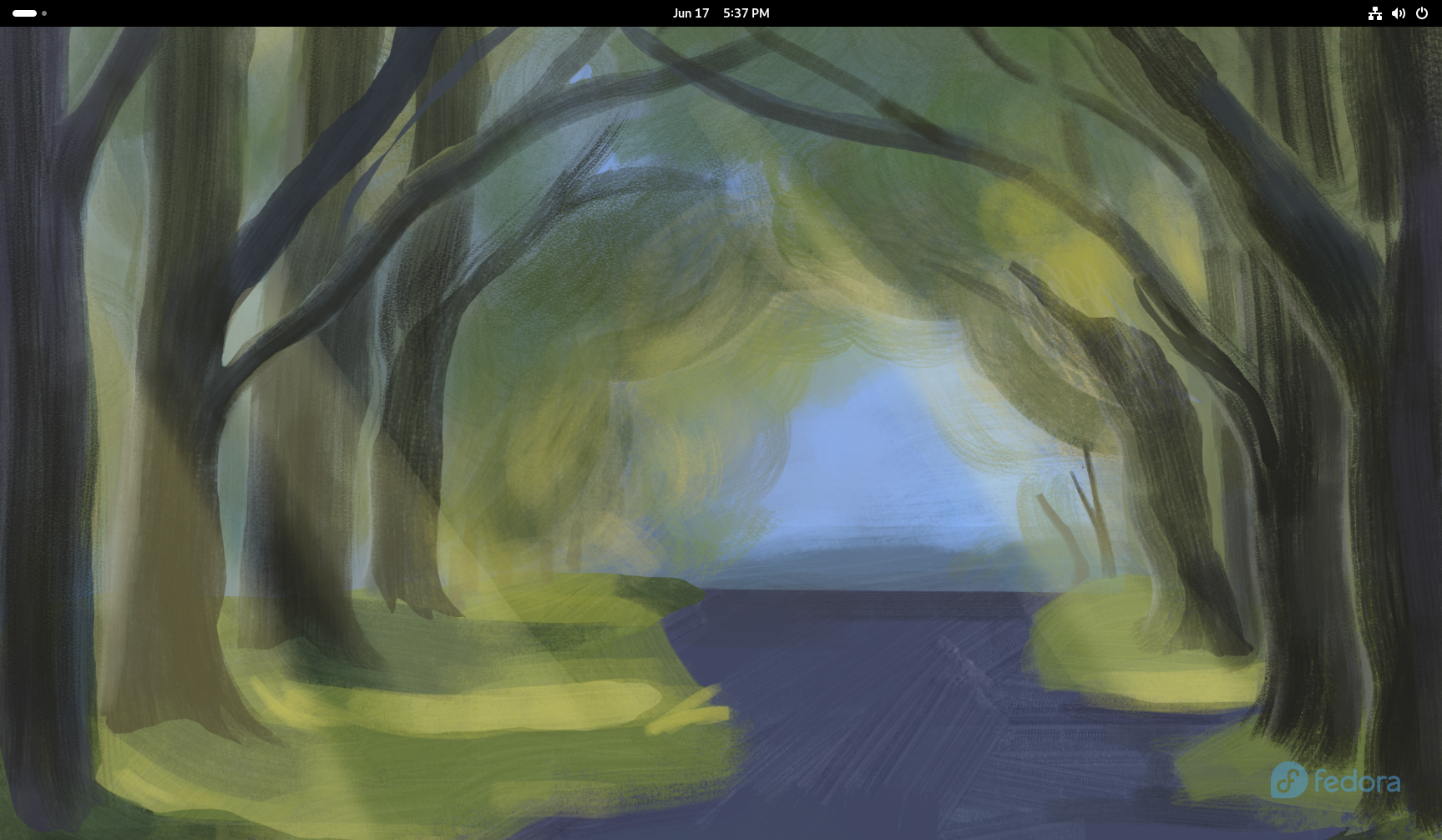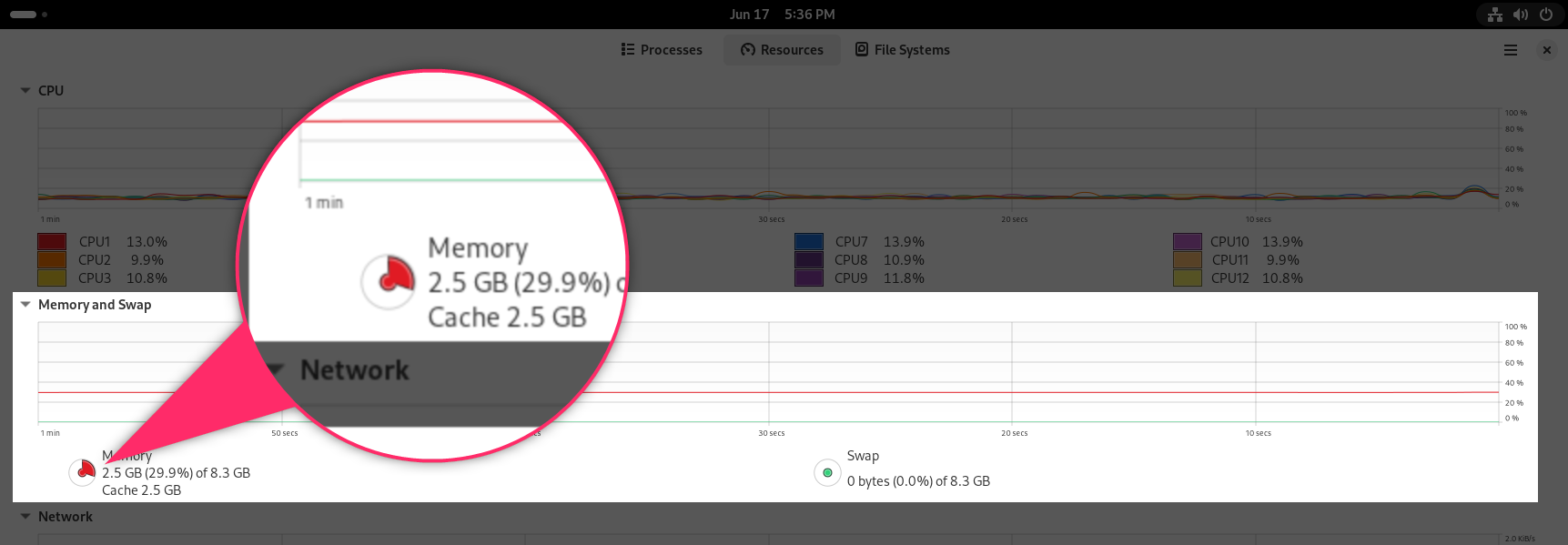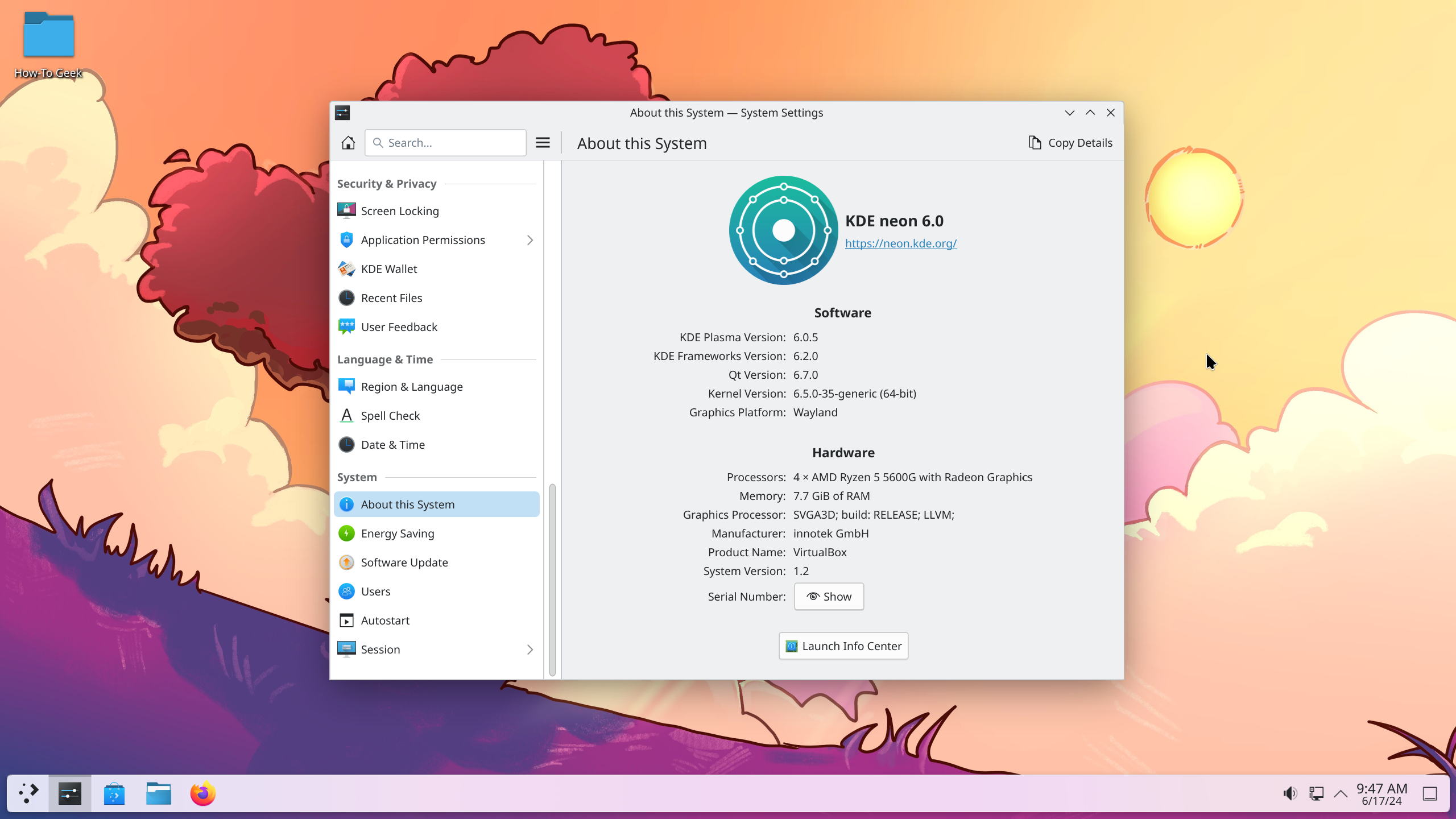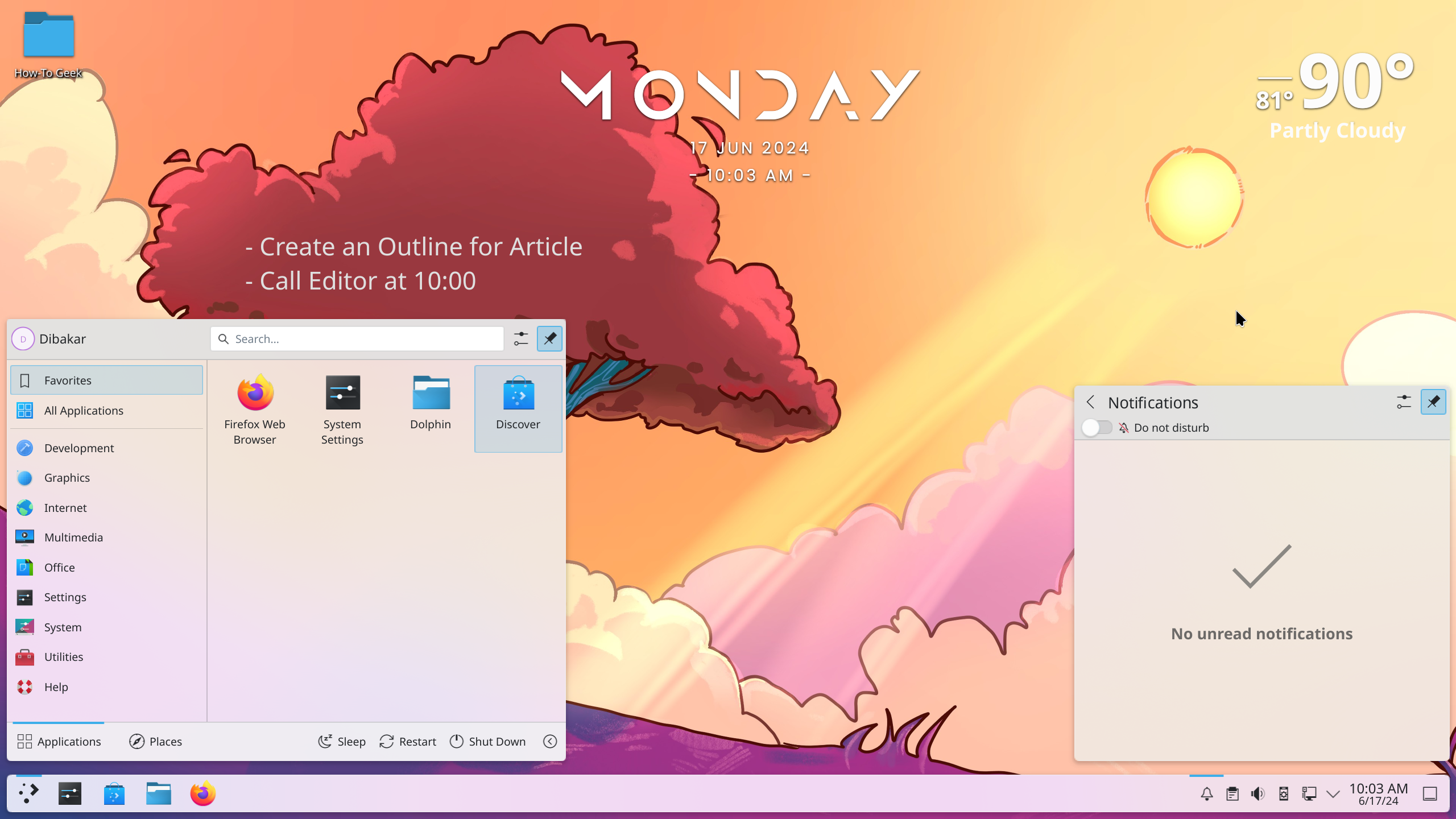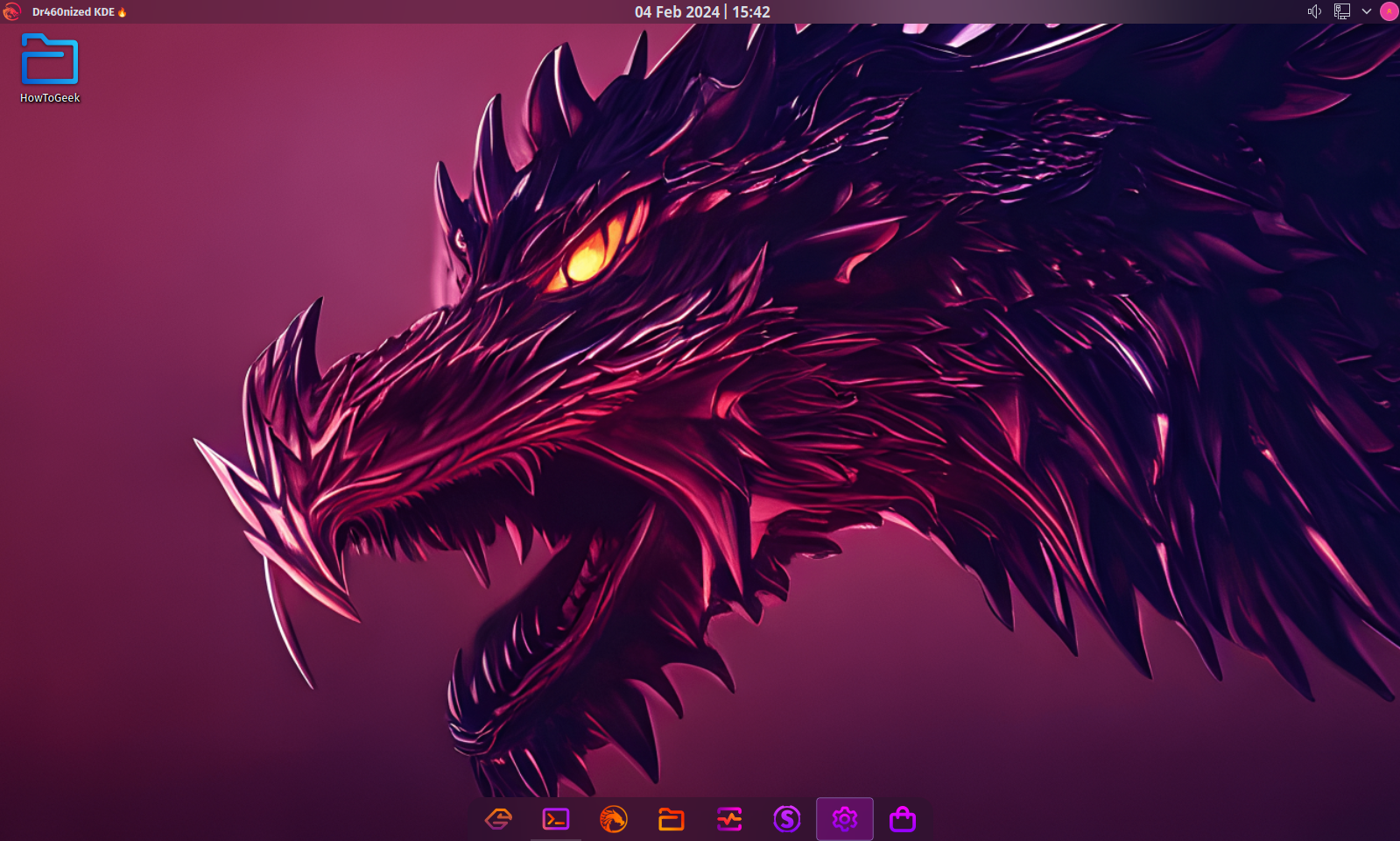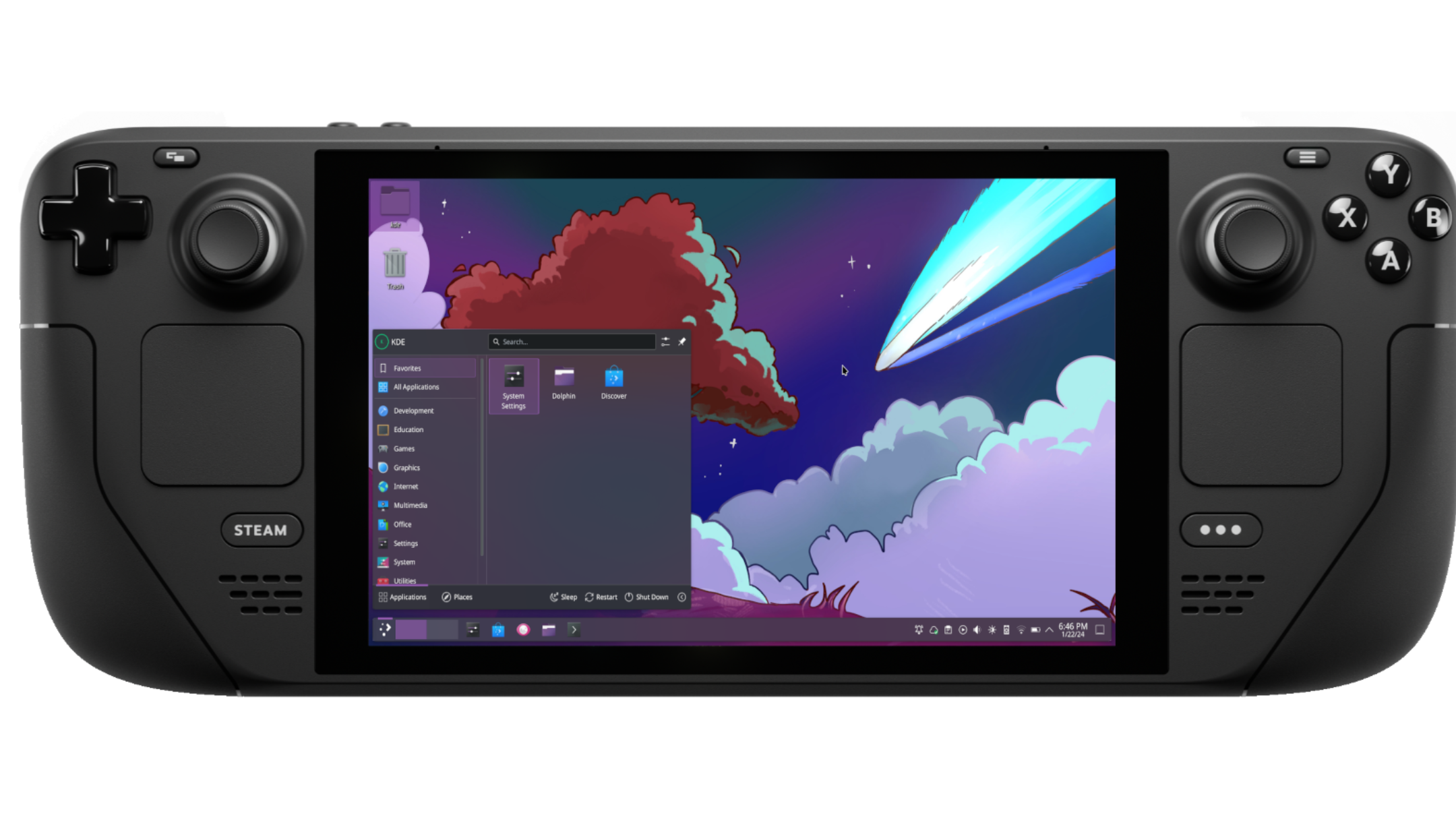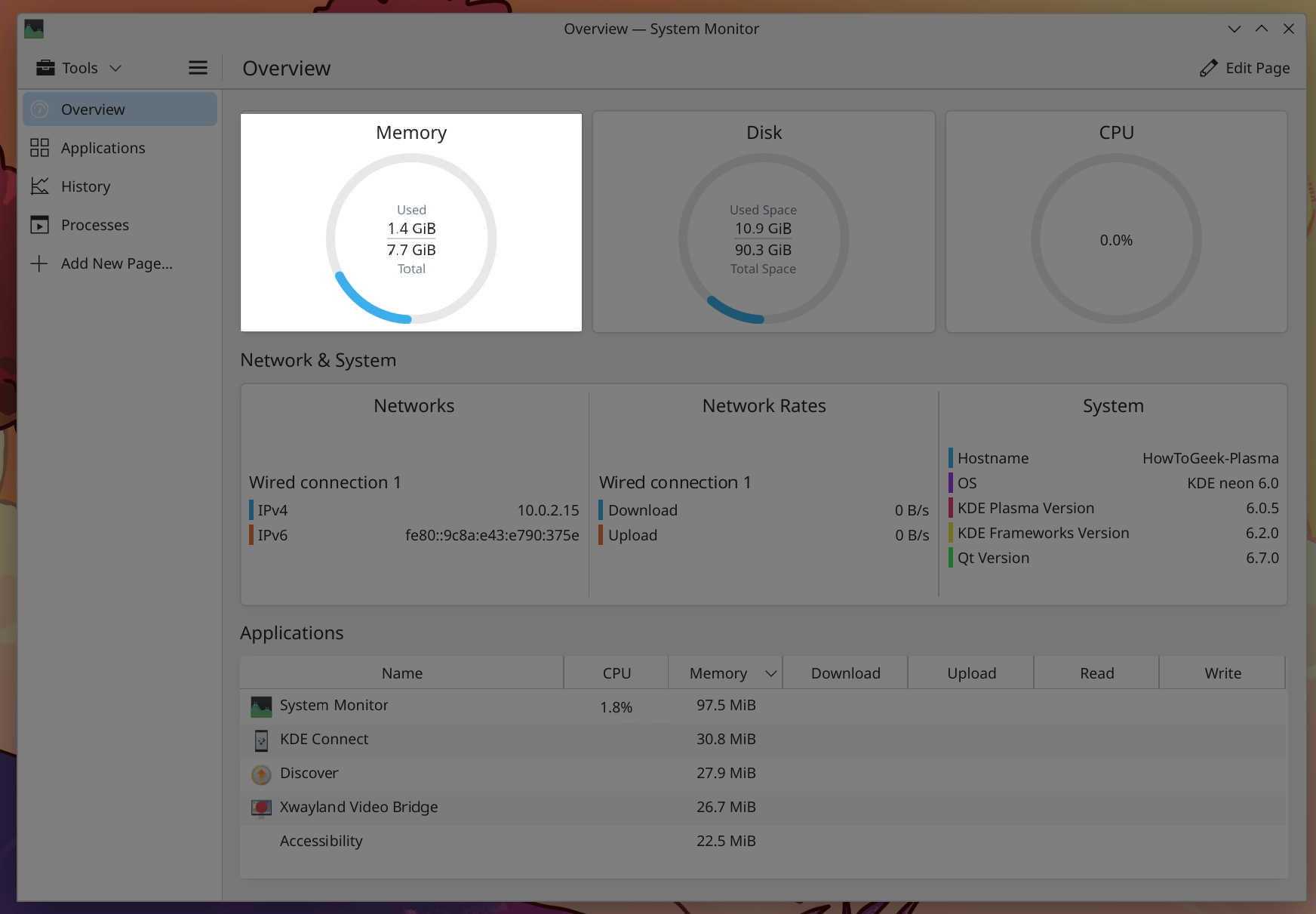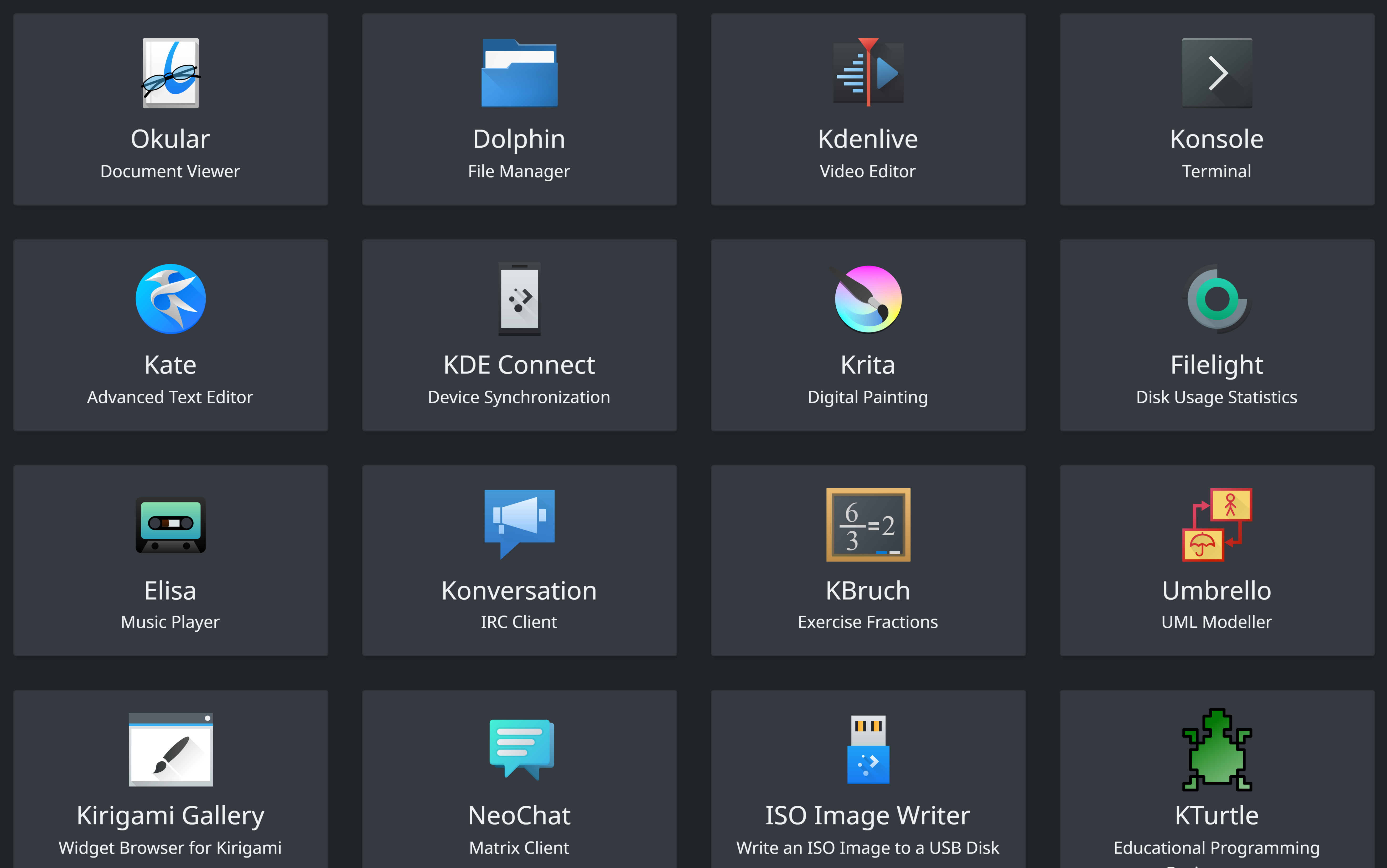Key Takeaways
- KDE’s familiarity, customization, and resource efficiency make it a superior desktop choice.
- KDE offers various advanced features for power users, like desktop effects, KWin Scripts, and Activities.
- KDE’s Qt toolkit allows for a large library of apps and easy theming, enhancing user experience.
As a long-time Linux user, I’ve dabbled with various desktop environments. While GNOME is the most popular, I believe KDE offers a superior experience in customization, functionality, and performance. Here’s why I like KDE more than GNOME and why you might too.
Why GNOME Is More Popular Than KDE
From preference to performance and everything in between, there are many factors contributing to GNOME’s increased popularity over KDE. However, if I had to pick the most important ones, it would be these:
- Open-source from the start: GNOME 1 has adhered to the principles of the GNU Project since its inception in 1999, attracting many developers in the open-source community who were drawn to its commitment to free software.
- Adoption by Debian: Debian, a prominent Linux distribution, chose GNOME as its default desktop environment. This decision helped establish GNOME as a preferred choice among Linux users.
- Focus on user-friendliness: GNOME wanted to make the Linux desktop more user-friendly and accessible. This attracted a lot of users who wanted an easy-to-use desktop as well as developers because they foresaw a larger user base.
- Ubuntu’s influence: Ubuntu also used GNOME as its default desktop environment because of its shared philosophy of creating a user-friendly Linux desktop. As Ubuntu’s popularity skyrocketed, GNOME also earned a prominent place in the Linux community.
In contrast, KDE’s first desktop environment—K Desktop Environment 1—was released in 1998, before GNOME, and was expected to dominate the desktop scene. However, it faced controversy for using the Qt toolkit as its base—which wasn’t fully open-source at the time.
As a result, more developers embraced GNOME because it was a true open-source alternative. Granted, Qt was later released under the GPL license in 2000, but by then, GNOME had already gained significant momentum.
My Problems With GNOME
My issues with GNOME can be attributed to the very reason behind its popularity—simplicity. While simplicity can be an advantage for new users, I find GNOME overly simplistic. For instance, this is how GNOME looks like without any modifications or skins.
There are no apps, folders, or files, and you get a thin top bar that only shows the time and date, the quick settings, and the Activities button. That’s it! You are basically sacrificing functionality for simplicity, which can take a toll on overall productivity.
Also, despite GNOME’s minimal approach, it’s actually one of the bulkiest desktop environments. Right after a fresh boot, GNOME running on Fedora 40 consumes 2.5GB RAM. It might seem less when compared to Windows, but in the Linux world, this is huge!
Now, to be fair, you can use GNOME Extensions to enable desktop icons and also have a dock or panel to quickly access pinned and currently running apps. Unfortunately, each time GNOME releases a new update, a few of the extensions break. This means your custom set-ups with your favorite extensions and themes have a high likelihood of not working after upgrading to a newer GNOME version.
Why I Love KDE Over GNOME
I have used GNOME and I have used KDE, and if all other factors remain the same—like the distro and software availability—I’ll pick KDE again and again. So what is it about KDE Plasma that I love so much, and why do I think it’s better than GNOME?
KDE Offers a Familiar and Functional User Interface
By default, KDE Plasma has always looked similar to Windows, with current iterations looking like a modern version of Windows 7. You have a panel at the bottom functioning as the taskbar, with a start menu in the left corner, followed by a tray of icons where you can pin your favorite apps and view currently running programs.
In the right corner, you have the system tray for quick settings and time and date. You can have app icons, folders, files, and widgets on the desktop to maximize its utility and your efficiency.
KDE Is One of the Most Customizable Desktop Environments
While KDE Plasma’s default look resembles Windows, you can easily customize it to look like a Mac or something totally fresh and unique out of your imagination. For example, here’s Garuda Linux running KDE Plasma with a UI that resembles macOS.
Also, did you know that the Steam Deck’s operating system—SteamOS, uses KDE Plasma as its desktop environment? This just goes to show how customizable and flexible it is.
Desktop customization on KDE is only limited by your imagination. You can make KDE look ultra-minimal, highly functional, or mimic a different operating system. It gives you access to all the necessary settings and tools to take control of the desktop and build something that fits your taste and requirements.
KDE Has Tons of Advanced Features for Power Users
KDE Plasma provides tons of advanced features to maximize your efficiency while using the desktop environment. Here’s a quick look at some of its most powerful features that I use every day to maximize my productivity:
- Desktop effects: Adds smooth animations and visual enhancements to tweak the look and feel of the desktop.
- KWin scripts: Tweaks the functionality of app windows and controls how they behave.
- Activities: Creates separate workspaces, each with its unique pinned apps, wallpaper, widgets, and keyboard shortcuts, to separate your different workflows.
- Screen edges: Assigns custom actions to the edges of your screen, such as revealing the desktop or displaying all open windows when you move your mouse to a specific corner.
- KDE Connect: Integrates your Android or iOS device with your desktop. I have a guide on setting up and using KDE Connect on Windows, and it works similarly on KDE Plasma desktops.
KDE Is Resource-Efficient and Optimized for Performance
Despite having a modern and polished look, with access to numerous settings, and powerful features, KDE Plasma is incredibly resource-efficient. A fresh install of KDE Neon running KDE Plasma, following a fresh boot, consumes less than 1.5GB RAM.
This means you can run KDE-based Linux distributions on less powerful hardware. Also, on high-end systems, KDE’s small footprint ensures that most of your hardware resources are available for your applications.
A Massive Library of Apps Based on the Qt Toolkit
KDE Plasma uses the Qt toolkit, while GNOME uses the GTK toolkit. As a result, sometimes Qt apps don’t take on the GNOME styling, and vice versa.
Fortunately, Qt is used by tons of popular applications, including DaVinci Resolve, OBS, VLC, VirtualBox, WPS Office, and many more. As a result, almost all the apps I use look great on my Plasma desktop and adhere to the set theming.
What’s more, KDE also has a large library of apps based on Qt for almost all basic use cases—which, by the way, are really good. This means you can also stick to KDE’s first-party offerings and maintain a consistent look and feel across your desktop environment.
GNOME is more popular and accessible because it’s the default desktop environment with Ubuntu (which ships a modified version of GNOME) and Fedora, but that doesn’t make it the best or the right choice for you. After reading this, I hope you can see how KDE Plasma offers a more customizable, functional, and powerful Linux desktop environment. If you’re looking for these features, definitely consider giving KDE Plasma a try.


